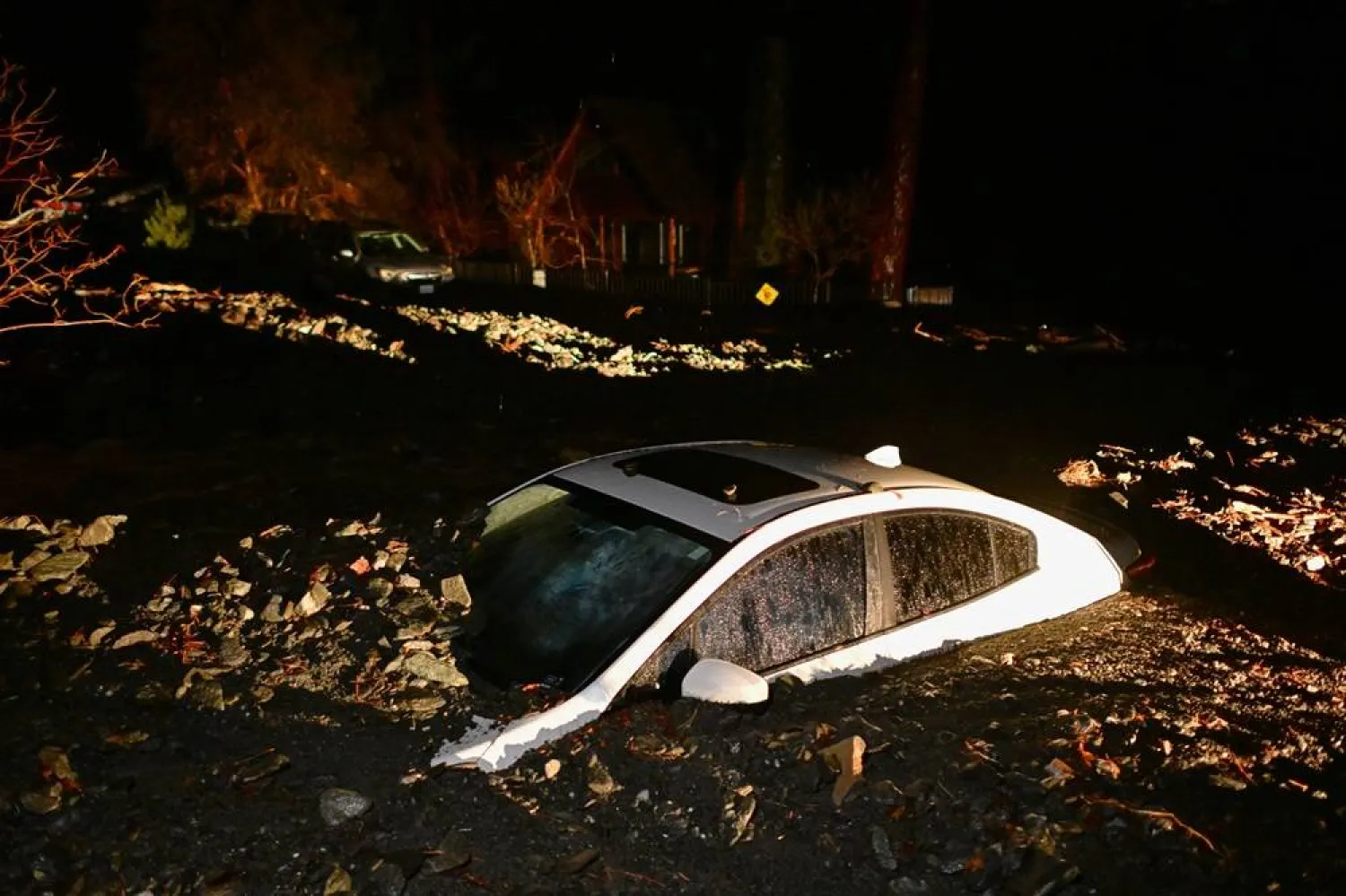When visiting the newly restored private apartments of the Duke of Aumale at the Château de Chantilly outside Paris, you could easily think you were seeing the interiors of an 18th-century French castle. The rooms are sumptuous, with purple damask-covered walls, marquetry-inlaid furniture, parquet de Versailles floors and exquisitely carved boiseries, or wooden panels, depicting musical instruments and garden implements.
It all seems very grand, though these rooms were actually redone in the 19th century, but the décor is linked to utter tragedy.
In 1830, the Duke of Aumale, one of the eight children of the king, Louis Philippe d’Orléans, inherited the estate at 8, after its rightful heir was shot by a firing squad on Napoleon’s orders. The young duke attended school in Paris and chose a career in the army. He distinguished himself in military campaigns in Algeria.
In 1844, he married his cousin Marie-Caroline, the daughter of the Prince of Salerno and a grandniece of Marie Antoinette, and hired the fashionable society decorator and court painter Eugène Lami to design the interiors of the old private apartments in a ground-floor wing of the castle.
Then came the revolution of 1848. The monarchy fell, forcing the duke and his family into exile in England (with their furniture, fortunately). Chantilly was sold.
The duke could not return to France for more than 20 years, until the fall of the Second Empire in 1870, when Napoleon III was overthrown. In the meantime, the duke’s wife and older son had died in England. He returned to France only to witness his younger son die from an illness.
The duke regained ownership of Chantilly. In his grief, he re-created the old private rooms with their original contents, precisely as Lami had decorated them in the 1840s.
“These private apartments became his ‘cemetery,’ as he called them,” said Mathieu Deldicque, curator of the Condé Museum at Chantilly. “Furniture was placed precisely where it had been earlier.”
Eventually, the duke bequeathed the chateau to the Institute of France, so the décor and collections would be protected and open to the public. After his death in 1897, the private rooms were closed and remained closed until the 1990s.
Now, Mr. Deldicque has overseen the full, detailed restoration of the suite of rooms, a two-year project costing 2.5 million euros, about $2.8 million. The restoration included meticulously removing centuries of overpainting on the 18th-century boiseries, fixing the gold-inflected plaster cove ceilings, reinstalling elaborate curtains and swags, and reupholstering the furniture with elaborate trim. The rooms opened in February.
The New York Times









